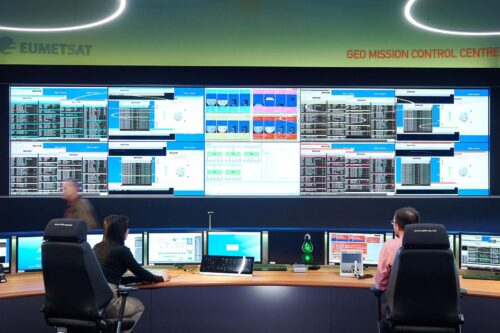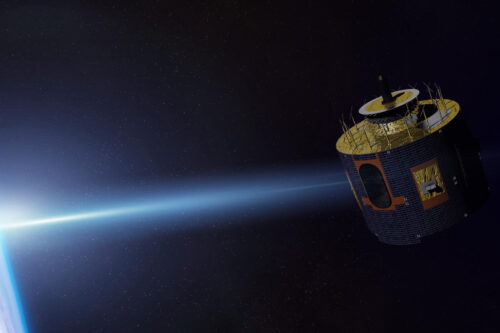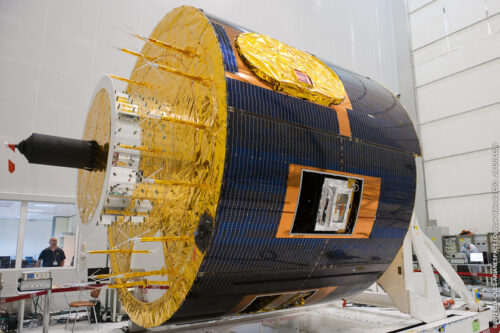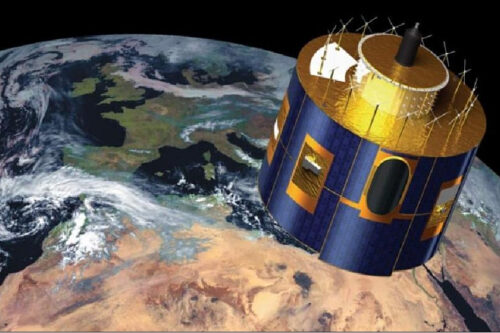
Back to selection
GEO Satellite
MSG-4 (Meteosat-11) SmallGEO
succesfull
Launch date
15 July 2015
Country

Purpose
Weather Forecasting
Position
0.0° East
Manufacturer
Operator
Launch operator
Launch vehicle
Ariane 5ECA
Expected lifetime
15+ Years
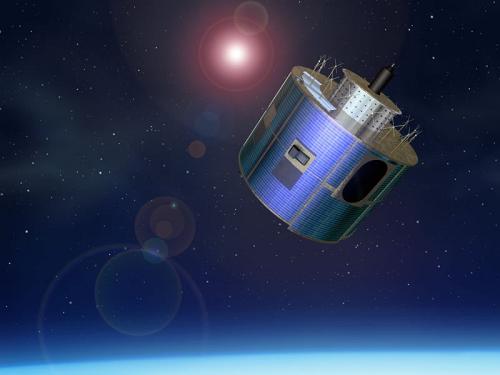
Meteosat Satellite Program: Europe’s Legacy of Weather Monitoring from Space
The Meteosat series is a fleet of geostationary weather satellites operated by EUMETSAT (European Organisation for the Exploitation of Meteorological Satellites). These satellites play a critical role in global weather forecasting and climate monitoring. The program is divided into three generations: Meteosat Transition Programme (MTP), Meteosat Second Generation (MSG), and the latest Meteosat Third Generation (MTG).
First Generation (Meteosat-1 to Meteosat-7)
The first-generation Meteosat satellites, spanning Meteosat-1 to Meteosat-7, provided half-hourly weather imagery in three spectral channels: visible, infrared, and water vapor, using the MVIRI (Meteosat Visible and Infrared Imager). These satellites supported global weather forecasting and tsunami warning systems over the Indian Ocean.
-
Final satellite: Meteosat-7
-
Retired: April 2017
-
Manufacturer: Consortium led by Aérospatiale (now part of Thales Alenia Space)
-
Orbit: Geostationary, spin-stabilized at 100 rpm
-
Dimensions: 2.1 meters in diameter, 3.2 meters long
Second Generation (MSG – Meteosat-8 to Meteosat-11)
The Meteosat Second Generation (MSG) satellites were designed for improved nowcasting and numerical weather prediction. Developed by Thales Alenia Space, the MSG series features higher resolution imagery, faster data refresh rates, and advanced instruments.
Key Features:
-
Main instrument: SEVIRI (Spinning Enhanced Visible and Infrared Imager)
-
Secondary payload: GERB (Geostationary Earth Radiation Budget)
-
Orbit: 36,000 km altitude, 3.2 meters diameter, 2.4 meters high, spinning at 100 rpm
Satellite Timeline:
-
Meteosat-8 (launched Jan 2004) – Indian Ocean operations, decommissioned Oct 2022
-
Meteosat-9 (launched Dec 2005) – Active over Indian Ocean since June 2022
-
Meteosat-10 (launched July 2012) – Provides 5-minute rapid scan over Europe
-
Meteosat-11 (launched July 2015) – Full Earth imagery every 15 minutes
-
MSG-4 was placed into storage and later renamed Meteosat-11
All MSG satellites also support Cospas-Sarsat emergency beacons using their Search and Rescue Processor (SARP)payload.
Third Generation (MTG – Meteosat-12 and beyond)
To ensure continuity of advanced weather observation capabilities, EUMETSAT and ESA initiated the Meteosat Third Generation (MTG) program in the early 2000s. The goal is to replace MSG satellites with more powerful, flexible spacecraft for the 2025–2045 timeframe.
Development and Industry:
-
Prime Contractor: Thales Alenia Space
-
Imaging satellites (MTG-I): Thales Alenia Space
-
Sounding satellites (MTG-S): OHB and Airbus Defence and Space
-
Total satellites: 6 (4 MTG-I and 2 MTG-S)
Key Milestones:
-
MTG-I1 (Meteosat-12) launched: 13 December 2022
-
Operational start: December 2024
-
Upcoming launches: MTG-S1 in 2025, MTG-I2 in 2026
These new-generation satellites are equipped with:
-
Flexible Combined Imager (FCI) for higher spectral and spatial resolution
-
Lightning Imager (LI), a first for European satellites
-
Improved search and rescue and data collection capabilities
GEO Satellite
MSG-4 (Meteosat-11)
succesfull
GEO Satellite
MSG-4 (Meteosat-11)
succesfull
GEO Satellite
MSG-4 (Meteosat-11)
succesfull
